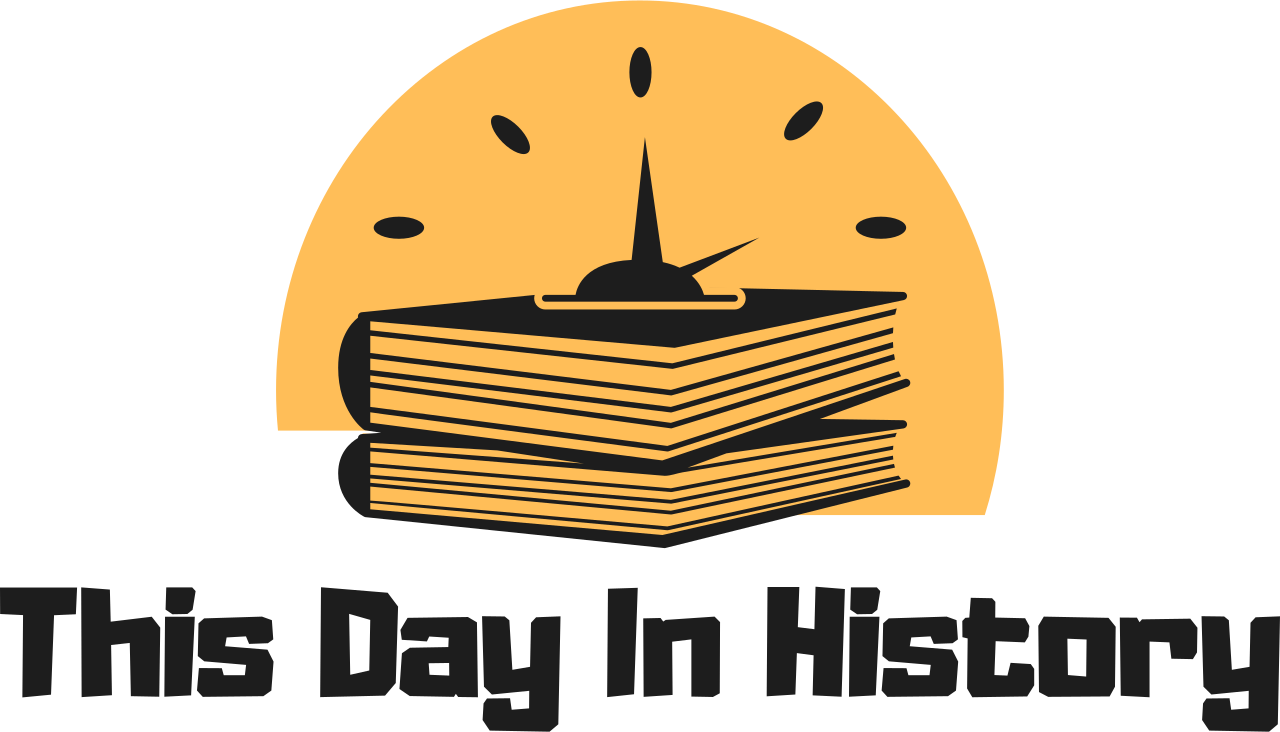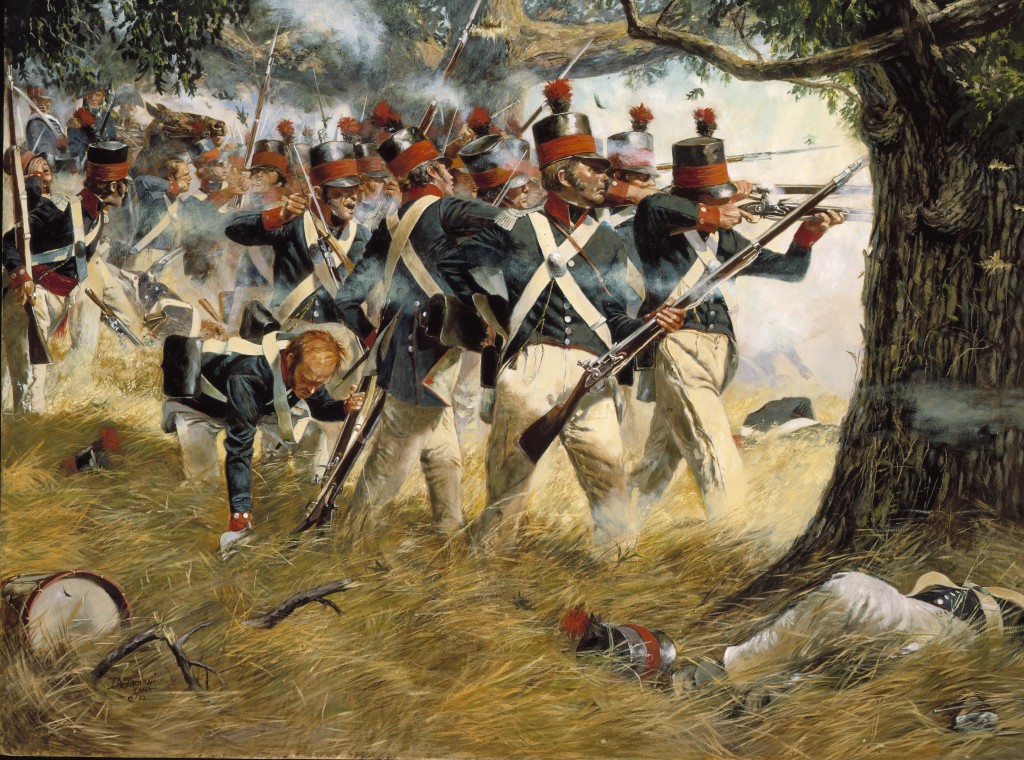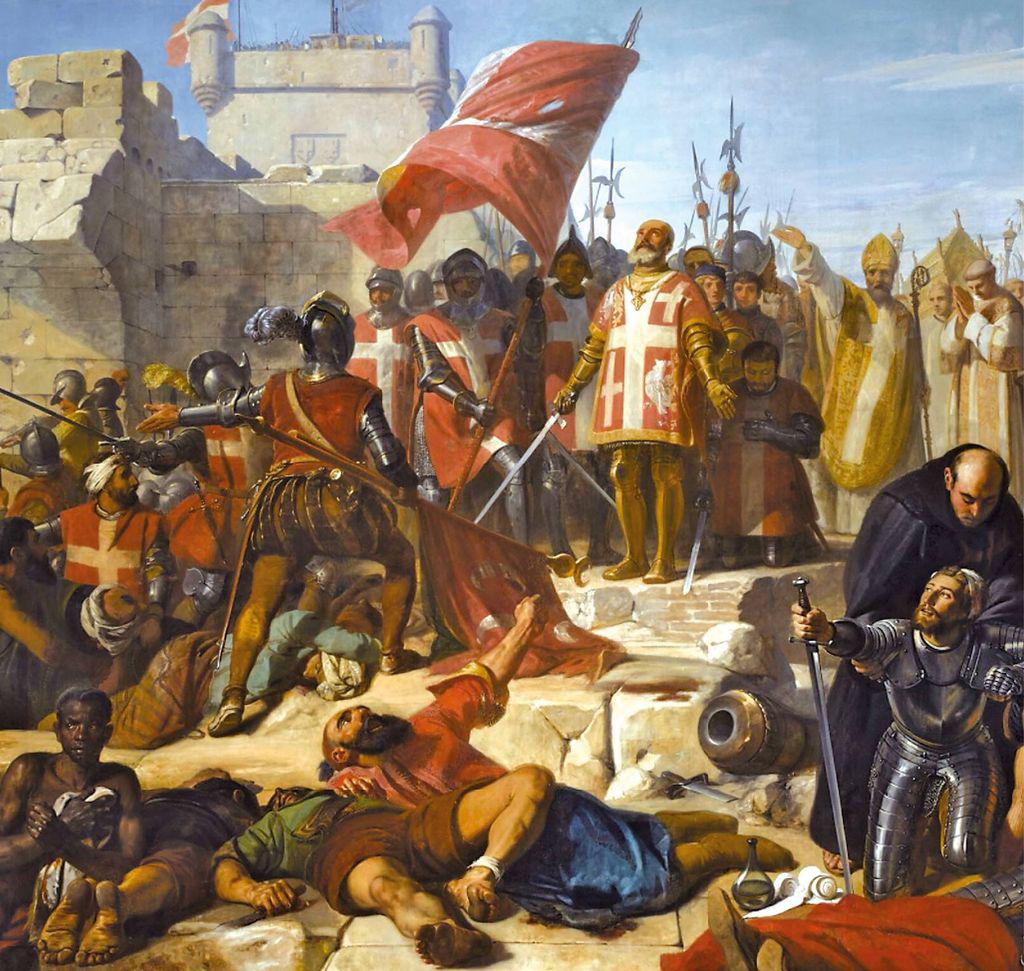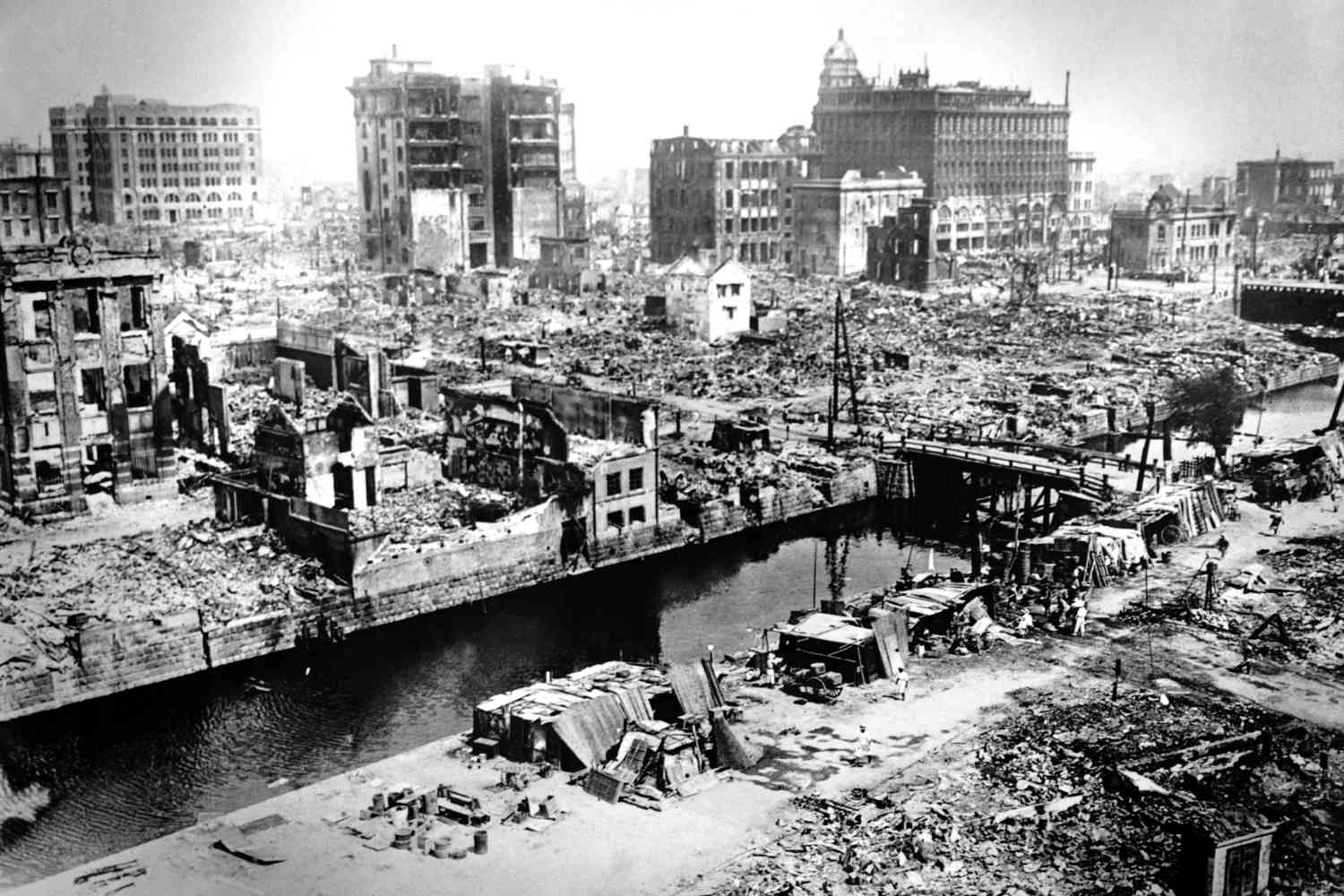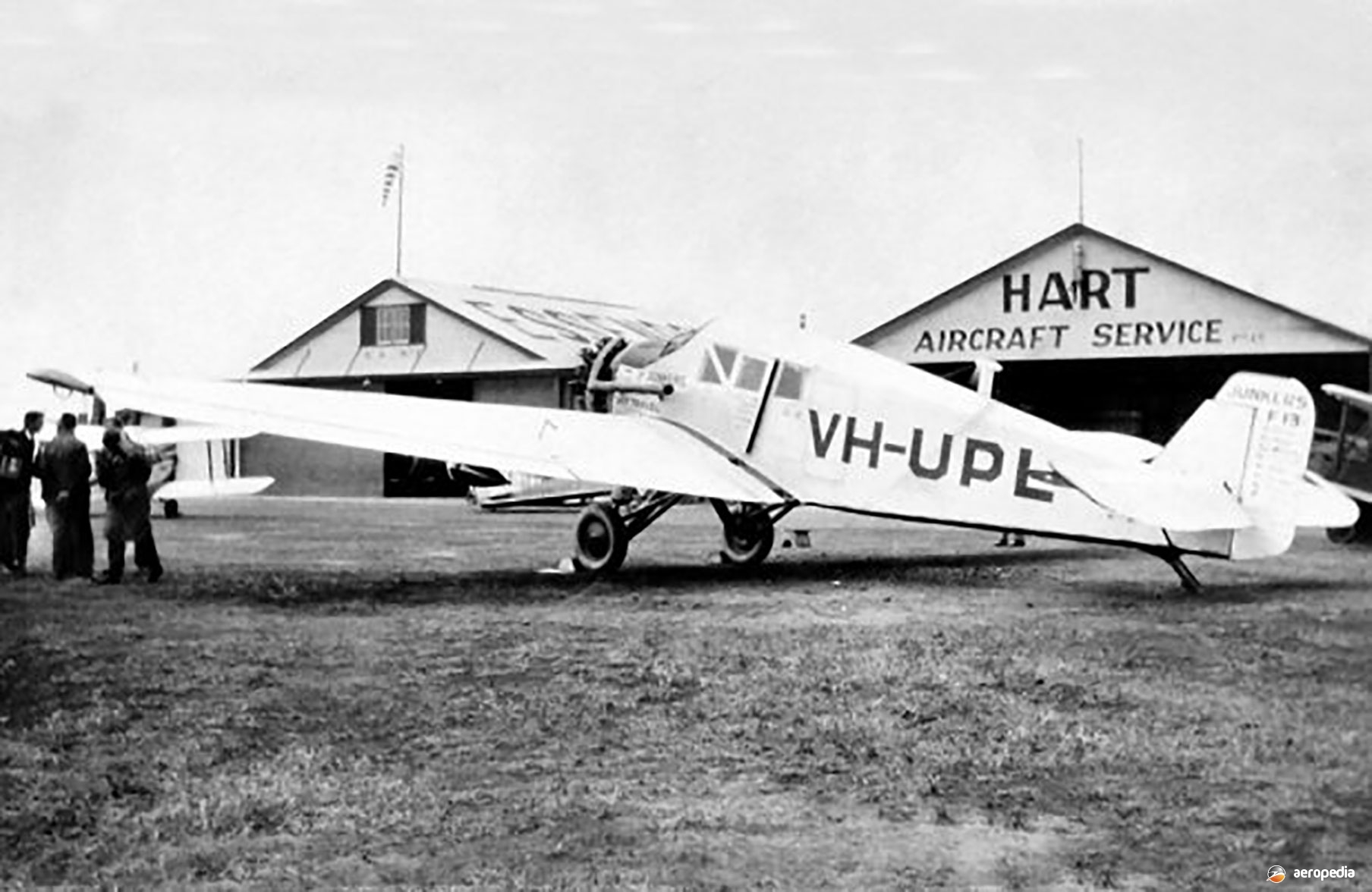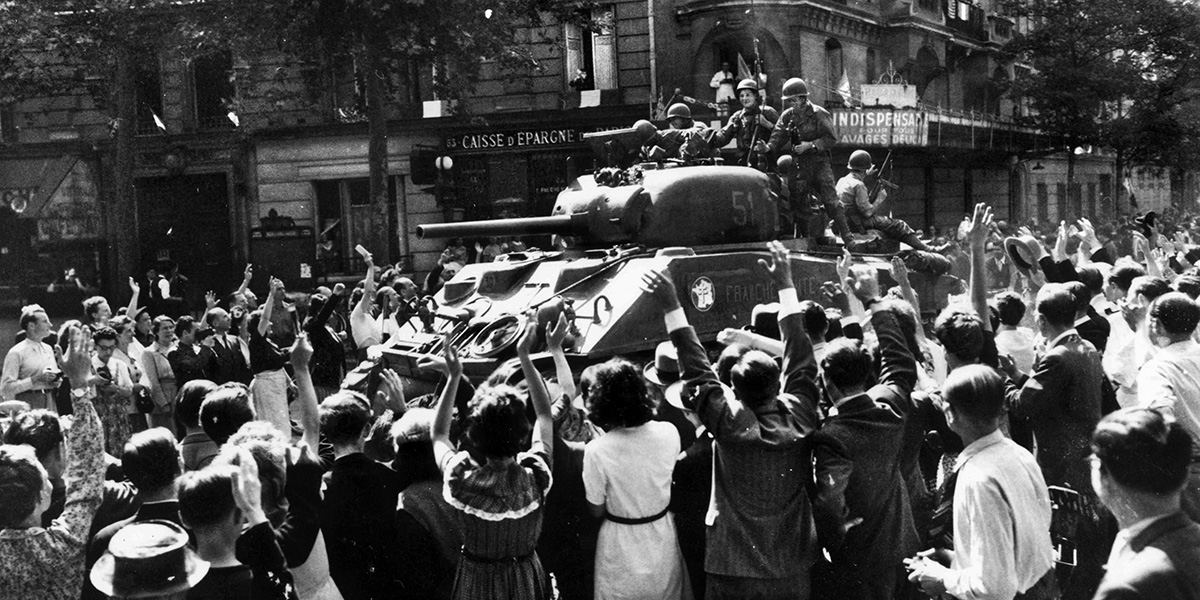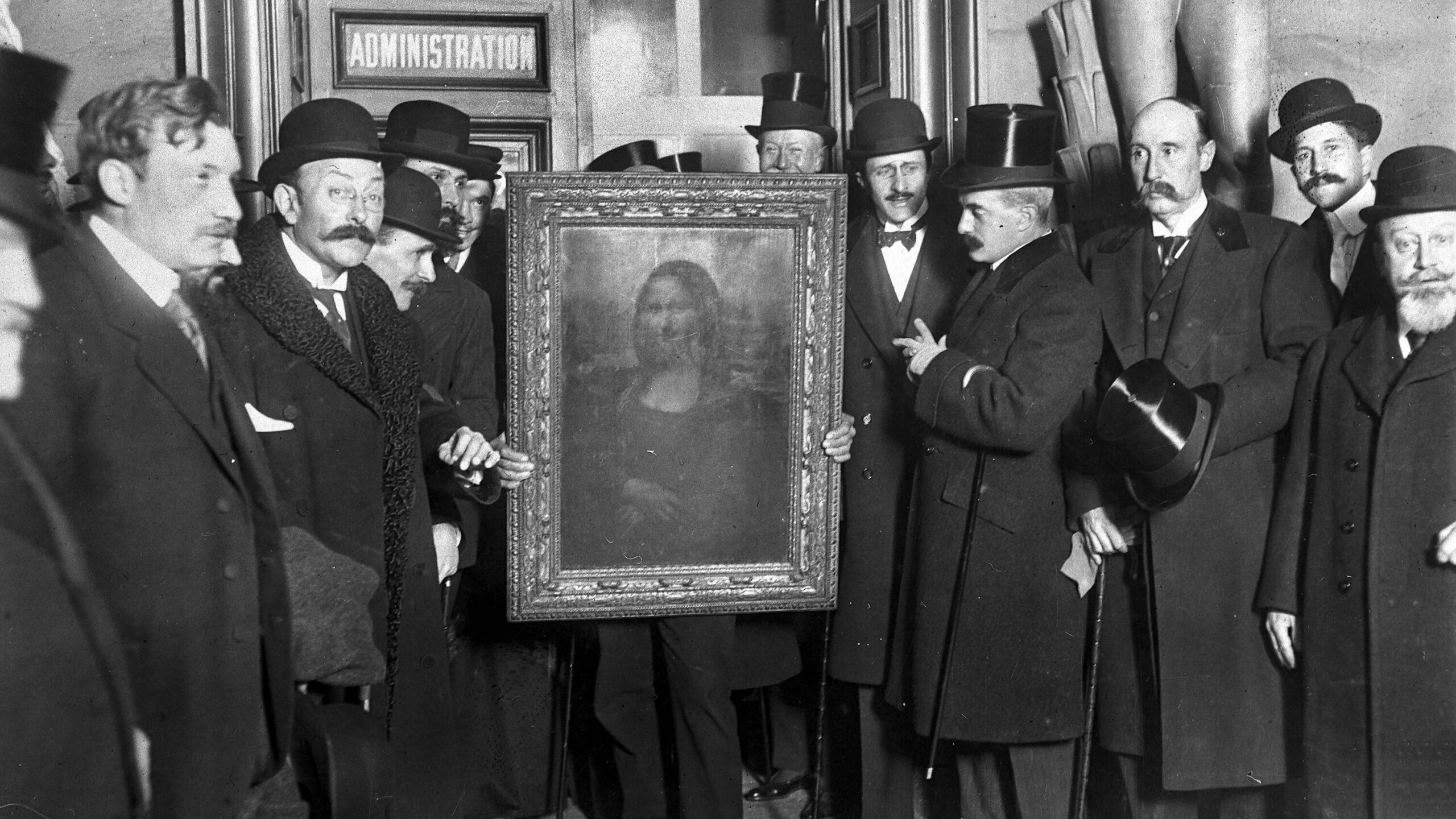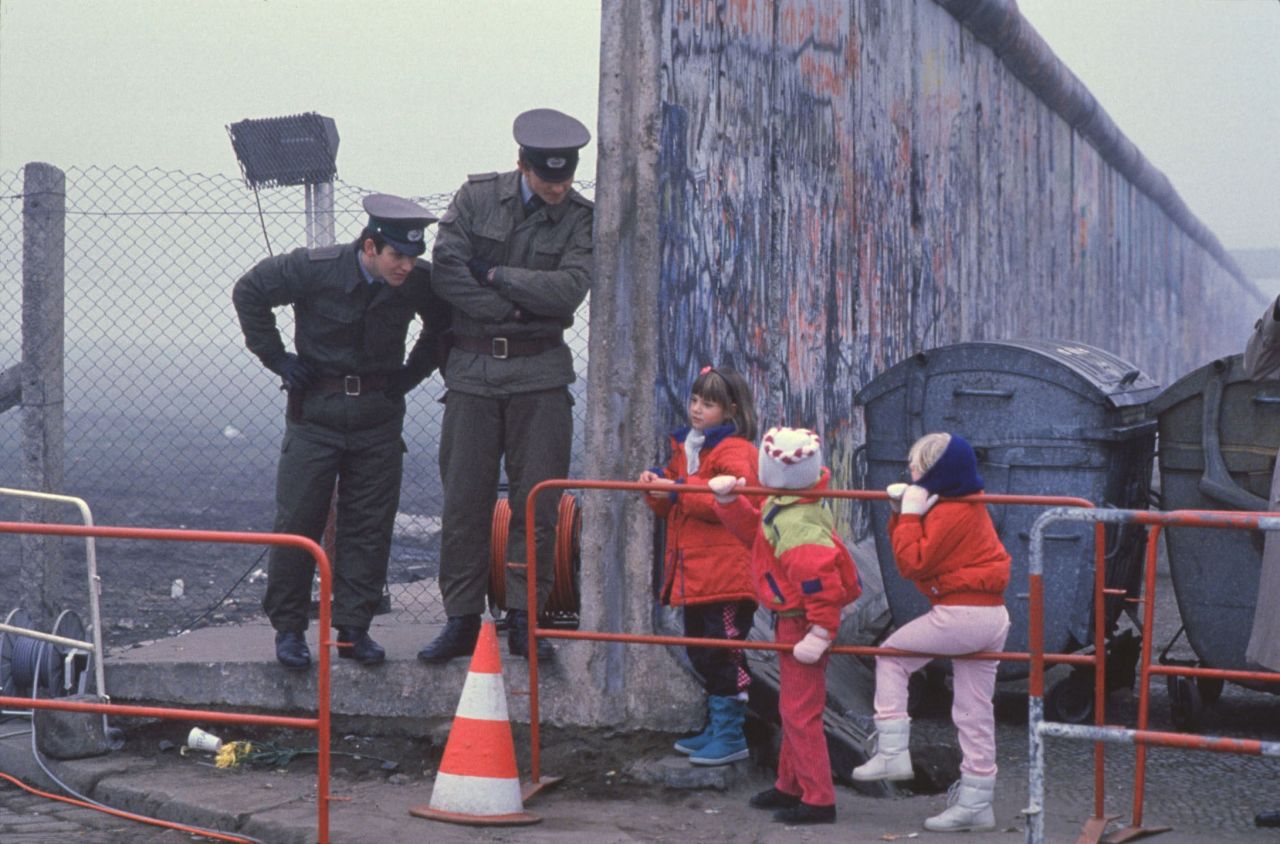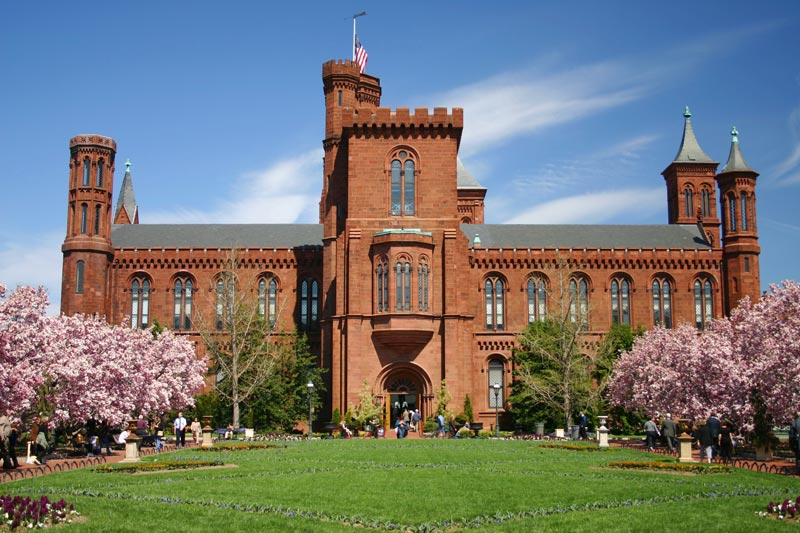Day In History
465
September 12, 2023September 14th, 1814 marked a day of celebration for the British as the city of Washington, D.C. was attacked by British forces. Led by Major General Robert Ross and Rear Admiral George Cockburn, the British troops were determined to cause significant damage and humiliation to the United States. The British siege of the capital began with the taking of the White House, where President James Madison was forced to flee. The British troops then proceeded to burn the White House, the United States Capitol, and other federal buildings, including the Library of Congress. The whole city was set ablaze,
September 14th, 1814 marked a day of celebration for the British as the city of Washington, D.C. was attacked by British forces. Led by Major General Robert Ross and Rear Admiral George Cockburn, the British troops were determined to cause significant damage and humiliation to the United States. The British siege of the capital began with the taking of the White House, where President James Madison was forced to flee. The British troops then proceeded to burn the White House, the United States Capitol, and other federal buildings, including the Library of Congress. The whole city was set ablaze,
261
September 8, 2023On this day, September 8th 1565, the Spanish settled the oldest, continuously inhabited city in the United States: Saint Augustine, Florida. After a long journey from Spain, the Spanish force, led by Pedro Menéndez de Avilés, landed in Florida with the intent of creating a settlement to act as a Spanish foothold in the new world. The Spanish sailed past vast, lush marshes and saw the faint outline of the Atlantic Ocean when they spotted a large sand dune. Menéndez seized the opportunity, and his troops made camp at this sand dune
On this day, September 8th 1565, the Spanish settled the oldest, continuously inhabited city in the United States: Saint Augustine, Florida. After a long journey from Spain, the Spanish force, led by Pedro Menéndez de Avilés, landed in Florida with the intent of creating a settlement to act as a Spanish foothold in the new world. The Spanish sailed past vast, lush marshes and saw the faint outline of the Atlantic Ocean when they spotted a large sand dune. Menéndez seized the opportunity, and his troops made camp at this sand dune
- September 7, 2023
On September 7th, 1923, President Calvin Coolidge declared the Grand Coulee Dam in Washington State an engineering marvel. Constructed by the US Bureau of Reclamation, the dam was the largest hydroelectric power-producing facility in the world at the time, more than four times the size of any previous dam. Not only a feat of engineering ingenuity, the dam proved to be a major economic boon to the region, providing long-term employment to thousands of workers and spurring increased agricultural production in the area. The dam also provided a reliable water supply to the region, helping to ease
On September 7th, 1923, President Calvin Coolidge declared the Grand Coulee Dam in Washington State an engineering marvel. Constructed by the US Bureau of Reclamation, the dam was the largest hydroelectric power-producing facility in the world at the time, more than four times the size of any previous dam. Not only a feat of engineering ingenuity, the dam proved to be a major economic boon to the region, providing long-term employment to thousands of workers and spurring increased agricultural production in the area. The dam also provided a reliable water supply to the region, helping to ease
196
September 6, 2023On September 6, 1864, Union and Confederate forces clashed in the Battle of Jonesborough, Georgia. The battle took place near the town of Jonesborough and was the culminating fight of William Tecumseh Sherman's Atlanta campaign. The assault saw Union troops overwhelm the Confederate troops, effectively ending their grasp over the city of Atlanta. Despite facing significant losses, the Union army's victory was a major turning point in the Civil War, which led to the eventual surrender of the Confederate forces. The Battle of Jonesborough stands as a remarkable moment in American history, illustrating how the Union army used
On September 6, 1864, Union and Confederate forces clashed in the Battle of Jonesborough, Georgia. The battle took place near the town of Jonesborough and was the culminating fight of William Tecumseh Sherman's Atlanta campaign. The assault saw Union troops overwhelm the Confederate troops, effectively ending their grasp over the city of Atlanta. Despite facing significant losses, the Union army's victory was a major turning point in the Civil War, which led to the eventual surrender of the Confederate forces. The Battle of Jonesborough stands as a remarkable moment in American history, illustrating how the Union army used
359
September 4, 2023On September 4th, 1923, the first true road race was held in the United States. The Automobile Racing Club of America, or the ARCA, held the race in Michigan. The race ran for 600 miles of public roads on the outskirts of the city of Dearborn. Seven cars entered the race, and they were driven by some of the most renowned racers at the time, including Bill Schindler, Ernie Triplett, and William Burke. During the race, Schindler and Triplett battled it out for first place, with Schindler eventually coming out
On September 4th, 1923, the first true road race was held in the United States. The Automobile Racing Club of America, or the ARCA, held the race in Michigan. The race ran for 600 miles of public roads on the outskirts of the city of Dearborn. Seven cars entered the race, and they were driven by some of the most renowned racers at the time, including Bill Schindler, Ernie Triplett, and William Burke. During the race, Schindler and Triplett battled it out for first place, with Schindler eventually coming out
573
August 25, 2023The Greatest Invasion, A People's History" (2003). Bloomsbury Publishing
The Greatest Invasion, A People's History" (2003). Bloomsbury Publishing
- August 22, 2023
The Once and Future Empire From Pre-History to Putin. Macmillan, 2008. 4. Ransel, David L. The Pugachev Rebellion, 1773-1775. Proceedings of the American Philosophical Society, Vol. 114, No. 6 (1970), pp. 477–488.
The Once and Future Empire From Pre-History to Putin. Macmillan, 2008. 4. Ransel, David L. The Pugachev Rebellion, 1773-1775. Proceedings of the American Philosophical Society, Vol. 114, No. 6 (1970), pp. 477–488.
892
August 21, 2023The date August 21 reflects the start of the event, which is the day the painting was stolen. The event encompasses the theft and its aftermath, spanning over two years, until its return to the Louvre in 1914.
The date August 21 reflects the start of the event, which is the day the painting was stolen. The event encompasses the theft and its aftermath, spanning over two years, until its return to the Louvre in 1914.
- August 13, 2023
13 August 1961 - 9 November 1989. Bloomsbury Publishing. 2. Risch, W.J. (2015). The Berlin Wall and the unification of Germany. ABDO Publishing.
13 August 1961 - 9 November 1989. Bloomsbury Publishing. 2. Risch, W.J. (2015). The Berlin Wall and the unification of Germany. ABDO Publishing.
- August 10, 2023
/learninglab.si.edu/
/learninglab.si.edu/
